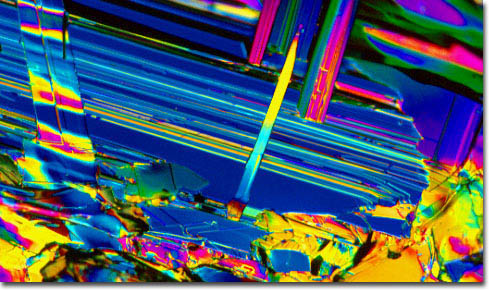|
Superconductivity is a phenomenon characterized by the disappearance of electrical resistance in various metals, alloys, and compounds when they are cooled below a certain level, usually termed the critical temperature (Tc). The phenomenon was first observed in 1911 by Heike Kamerlingh Onnes, who noted that the resistance of a frozen mercury rod abruptly dropped to zero when cooled to the boiling point of helium (4.2 Kelvin). Onnes is also credited with realizing that a material in a superconducting state can be returned to its standard, nonsuperconducting condition through exposure to a strong magnetic field of a certain critical value or by passing a large current through it. For his significant findings, Onnes was awarded the 1913 Nobel Prize for Physics. Yet, another 20 years would pass before any other major discoveries regarding superconductors would be unearthed, scientists believing for many years that other than their intriguing lack of resistance, superconductors acted as other materials. In 1933, however, Walter Meissner and Robert Ochsenfeld discovered that superconducting materials displayed an unusually high level of diamagnetism (the ability to repel magnetic fields completely). Now known as the Meissner effect, this property of superconductors is often demonstrated experimentally by the levitation of a magnet over a superconducting material.
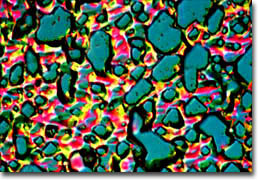
Superconducting Thick Film (Praseodymium 123)
The first theory to explain superconductivity that gained wide acceptance in the scientific community was presented more than four and a half decades after the phenomenon was discovered by John Bardeen, Leon Cooper, and Bob Schreiffer. The theory, which is only applicable to low-temperature superconductors, usually described as type 1 compounds, avows that at very low temperatures the passing of electrons through a crystal lattice causes the lattice to warp inwardly toward the electrons, creating sound packets termed phonons. These phonons, according to the theory, produce a channel of positive charge in the warped area of the crystal lattice that helps successive electrons pass through the same area unhindered in a process referred to as phonon-mediated coupling. The pairs of electrons created by this process are widely known as Cooper pairs and the theory upon which their existence is based was named BCS theory in honor of its developers. Most of the superconductors that are believed to be governed by BCS theory are metals and metalloids that show some conductivity at room temperature.
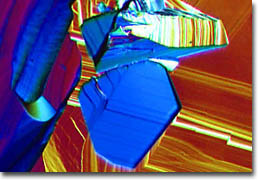
Organic Superconductor
Although many scientists have attempted to develop a general theory to explain the superconductivity of a category of more recently discovered superconductors, which are usually described as type 2 compounds, no one has yet successfully done so. The first of the type 2 superconductors, which differ from type 1 varieties in their ability to achieve significantly higher critical temperatures and their gradual transition to a superconducting state that encompasses a range of mixed state behaviors, was a lead and bismuth alloy created in 1930, although its producers did not realize what they had created at the time. Instead, it remained for Lev V. Shubnikov at the Kharkov Institute of Science and Technology in the Ukraine to recognize the new kind of superconductors in 1936 when he found two distinct critical magnetic fields in a superconducting material. Intense interest in type 2 superconductors did not really come to fruition, however, until 1986, when IBM research scientists Georg Bednorz and Alex Müller announced the discovery of a ceramic type 2 material that became superconducting at the (then) unusually high temperature of 30 K. This led to an explosion in the field with researchers scrambling to synthesize new ceramics with higher critical superconducting temperatures. Almost immediately, the critical temperature was raised to 40 K and, under high pressures, ceramics were found that superconducted at 50 K.
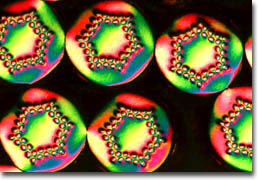
Superconducting Niobium Wire
In March of 1987, Paul Chu and his coworkers at the University of Houston in Texas took the field of high-temperature superconductors to an even greater level. A new ceramic they created with yttrium-barium-copper oxide was reported to exhibit a critical temperature of more than 90 K, a temperature accessible with relatively cheap liquid nitrogen. Soon the critical temperature was again raised, this time to about 125 K. At this point, visionaries began prophesizing the prospects of a new world full of high-tech marvels developed from the high temperature superconductors, but reality soon came into play. After the dramatic increase of over 100 degrees in the critical temperature in only two years, advancements slowed considerably, only modest increases having been achieved since then. As of the beginning 2004, the highest critical temperatures yet recorded have been found in a new class of superconducting ceramics that have Tc's exceeding 135 Kelvin. But even as the race for a room temperature superconductor has stalled, a new race has begun in full swing to engineer useful materials out of the brittle ceramic compounds discovered thus far.
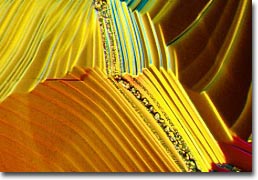
Praseodymium 123 Single Crystal
The first company to commercially exploit high-temperature superconductors was formed in 1989 and was originally called Illinois Superconductor, though it is now known as ISCO International. The company's premier offering was a depth sensor designed for medical equipment that was capable of operating at liquid nitrogen temperatures. Since then a number of other businesses, research groups, and agencies have developed their own superconductor-based products and services. For example, the superconductivity team at the Korea Research Institute of Standards and Science invented a double-relaxation oscillation superconducting quantum interference device known as SQUID for use in magnetoencephalography (MEG), a non-invasive way to perform brain mapping. SQUID technology has also proven to be extremely useful for military purposes and is utilized by the United States Navy for detecting submarines and mines. Interestingly, the US military has also utilized superconductors to make devices, commonly dubbed e-bombs, which generate a high-intensity electro-magnetic pulse (EMP) capable of disabling the electronic equipment of enemy forces.
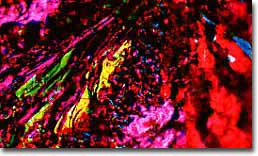
Mercury-Based Ceramic Superconductor
One of the best-known kinds of technology to exploit superconductors is the maglev train, the name of which implies its reliance on magnetic levitation generated by superconducting magnets. Though the implementation of maglev technology has been somewhat slow in the United States, largely due to political and environmental concerns, other countries, such as Great Britain, China, Japan, and Germany, have been somewhat more open to adopting maglev trains for commercial use. In fact, Britain was the first nation to introduce a maglev transportation service, though the levitating train was only utilized to link two terminals at the Birmingham airport, reached a top speed of 10 mph, and has since been replaced with a bus service due to the difficulty of obtaining spare parts. Yet, other countries have not been discouraged. In Japan, for instance, an experimental version of a maglev train achieved the impressive speed of 343 mph in 1999, and in the following year, the Japanese Ministry of Transport's Maglev Practical Technology Evaluation Committee declared that their test vehicle has the practicability for an ultra high-speed mass transportation system. Thus, it may not be long before superconductor-based technology becomes thoroughly integrated into the daily lives of inhabitants in certain regions of the world.
|
